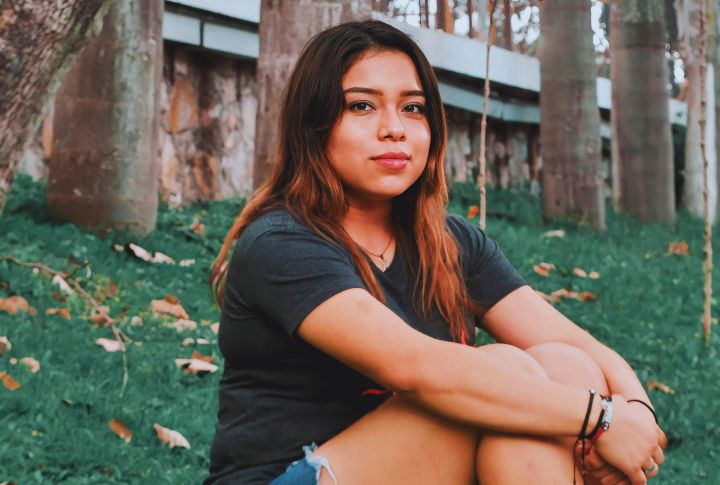
You’ve had enough of the upkeep; the constant effort doesn’t match the reward, and the grass no longer feels worth it. Luckily, there are several other options you can try without compromising on the aesthetics. Here’s a detailed list of 10 such plants.
Clover Lawn
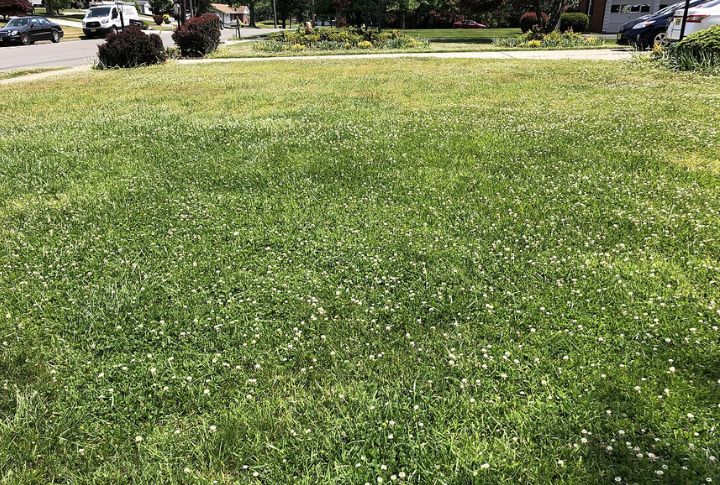
Maintenance fatigue fades quickly once clover takes over your yard. It has a natural resistance to weeds and drought that keeps the surface lush, even when everything else begins to dry. With soft white blooms in season, it quietly welcomes pollinators that might otherwise skip a typical suburban lawn.
Creeping Thyme
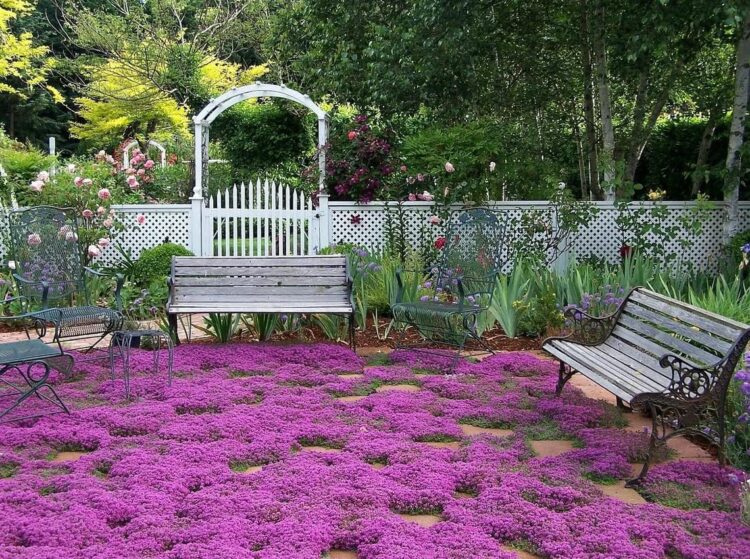
Creeping thyme takes root where other plants cannot, proving that dry ground isn’t always dead ground. Additionally, it fills space with low, aromatic growth that releases a beautiful scent in the air with every step. Your pathways will feel alive without any added work.
Sedum (Stonecrop)
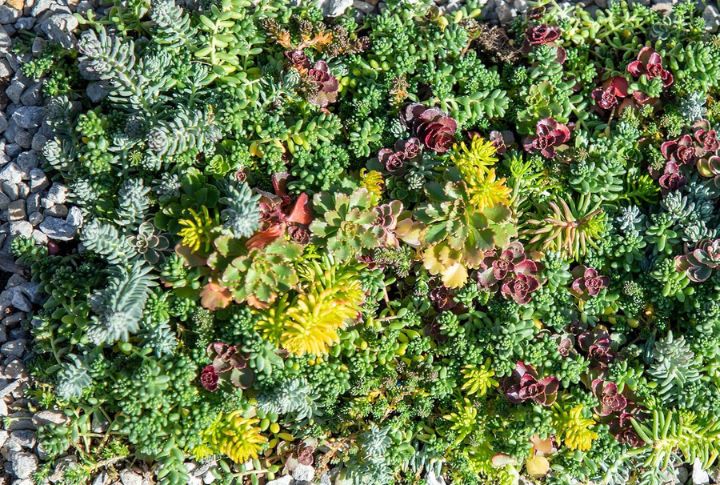
Heat and neglect don’t trouble sedum once it’s rooted and can endure and thrive even in the longest of droughts. Sedum will cover your lawn with color, not just through blooms but through varied leaves that change with light and season. Among groundcovers, it stands out for its independence and resilience the most.
Ornamental Grasses
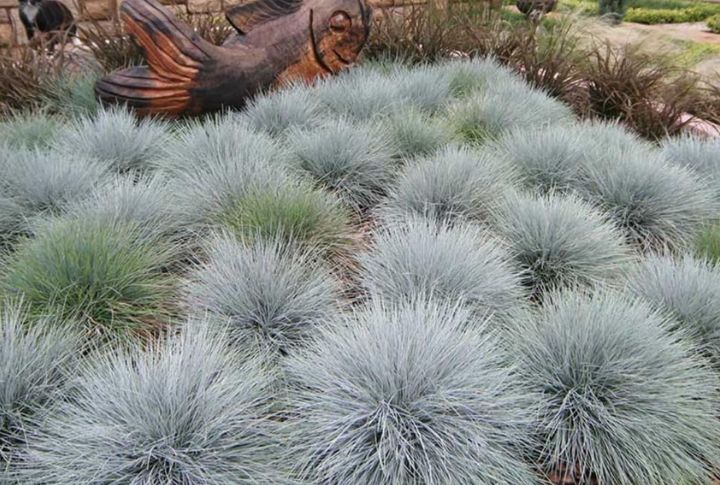
Nothing about the ornamental grass’s presence is static, and the way it bends and rises with the wind brings motion to yards that feel too stagnant. Even without intervention, they often change their form and create a contrast against the sharp lines and rigid surfaces found across many outdoor spaces.
Moss Lawn
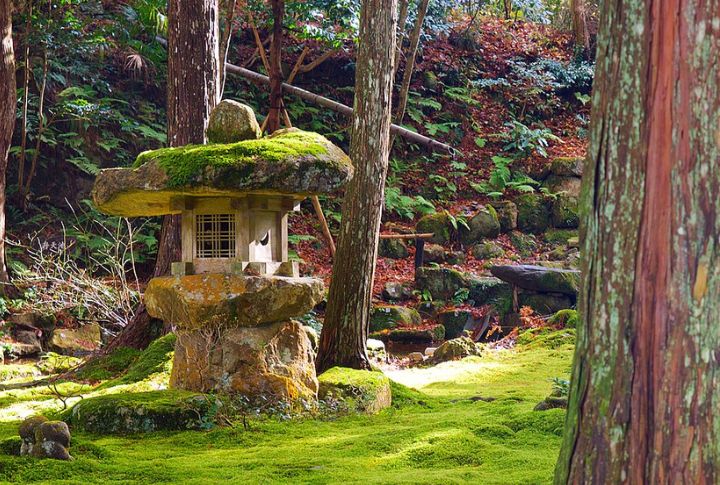
A moss lawn is a lush, low-maintenance alternative to grass and offers a soft, velvety green carpet. It thrives in shade, requires no mowing, and retains moisture well. Ideal for serene gardens, it brings a sense of calm and simple natural beauty.
Corsican Mint
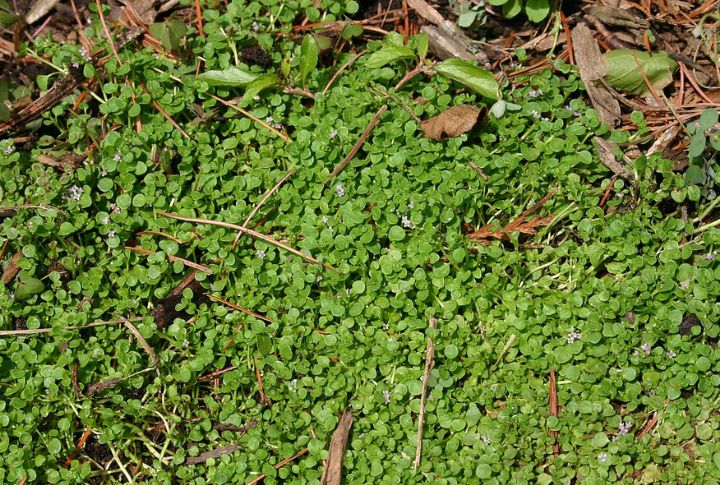
Only an inch tall, the Corsican mint still finds ways to spread through soil that other plants cannot grow in. Your traditional grass may refuse to take hold in damp shade, but this mint doesn’t hesitate. In fact, its crushed leaves release a gentle scent that turns overlooked corners into parts of the walking experience.
Gravel Garden

Some yards can’t hold plants, but they can still be shaped with purpose. Interestingly, water travels differently once gravel replaces soil, moving in a direction instead of pooling without control. You can use this phenomenon as a functional design in itself.
Wildflower Meadow
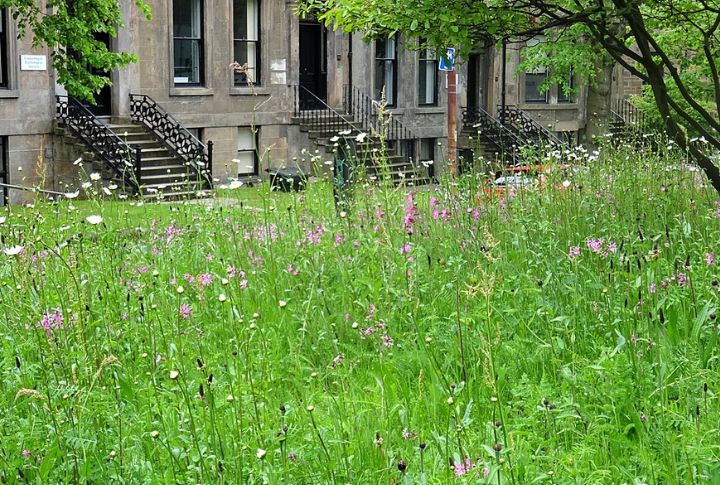
A traditional grass lawn may create uniformity, but a natural meadow’s complexity can be used to your advantage. Native plants emerge gradually in a wildflower meadow that builds a home for pollinators and creates movement without regular intervention. Each cycle of growth and decline across the land adds a different, unique value.
Perennial Peanut

This groundcover begins quietly but quickly proves its worth in hot, dry zones. Yellow flowers appear throughout the season while the roots build strength and replenish the soil below. Over time, the space becomes more self-reliant and needs less oversight without ever losing its visual interest.
Artificial Turf
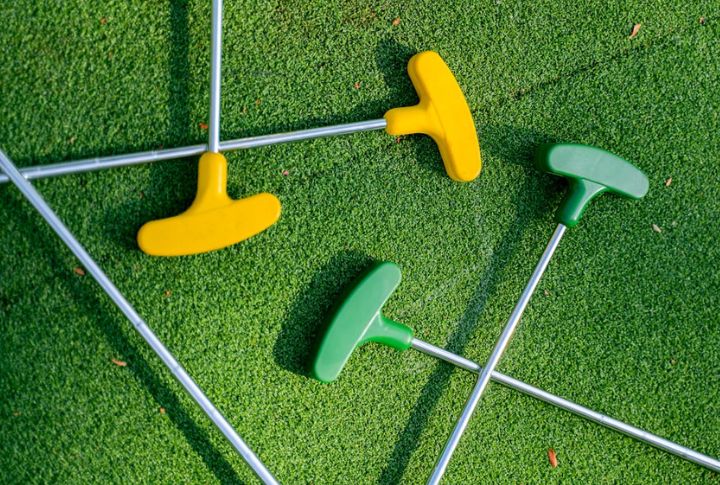
You may think that a lawn that never changes its shape, size, or color is a bad idea. But an artificial grass turf can save you a significant amount of time and money. Not to mention, your lawn will always look neat and tidy despite the changing seasons.

